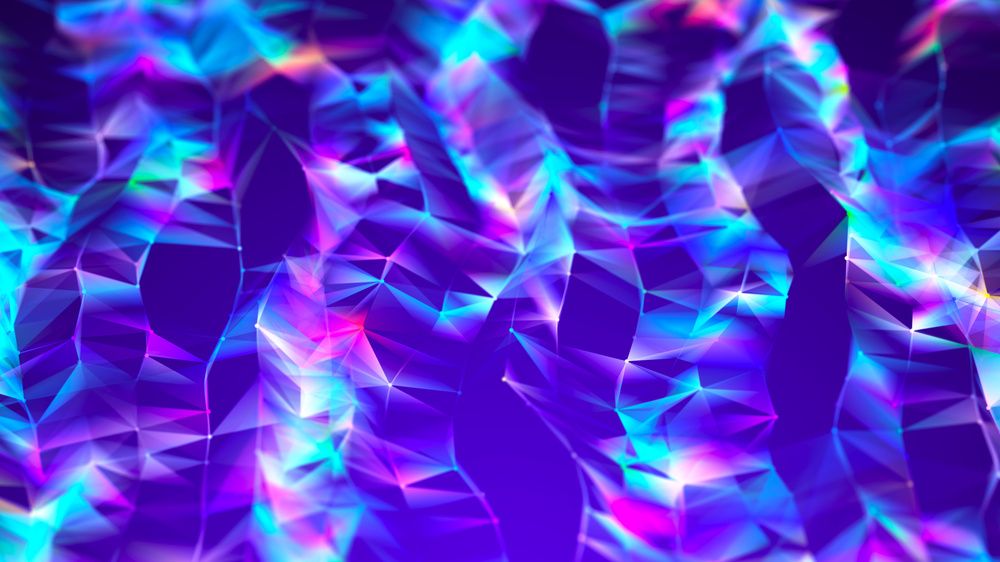Why is the Polygon (MATIC) rate increasing?
The price of the MATIC digital currency is constantly increasing, primarily due to the favorable ruling issued by the court in relation to XRP.
At the moment, there are at least a few objective factors that could have had a significant impact on the jump in the value of the tenth largest project in the cryptocurrency space. One of them is definitely the benefits associated with the winning litigation of the Ripple project over the SEC. The second driving force that may be responsible for the strong increases in the MATIC chart is the upcoming network update called Polygon 2.0.
Why is the Polygon rate increasing?
On July 13, there was a visible price rebound on the MATIC digital currency chart. At this point, it should be recalled that this altcoin suffered heavily when it was mentioned by the SEC in a lawsuit against leading virtual currency exchanges about a month ago. This cryptocurrency has been defined by the US regulator as an unregistered security.
At the moment, everything seems to indicate that the scales have tipped in favor of the digital currency sector. This is because yesterday, District Judge Analisa Torres ruled that in the vast majority of cases, the sale of XRP cannot be classified as an offer of unregistered securities.
A kind of exception in the issued opinion is the sale of digital currency belonging to Ripple to institutional investors. In this particular case, such a sale did not comply with US law.
Partially winning Ripple in the litigation with the SEC translated into a return of very good sentiment towards altcoins affected by the aggressive policy of the SEC. The double-digit increase in value that MATIC has recently experienced has directly contributed positively to altcoins such as Cardano (ADA) and Solana (SOL). These projects also strengthened their charts due to the victory of XRP.
An upcoming update on the Polygon network
According to the announcement released in June this year, a project known among the cryptocurrency community, which is designed to scale the Ethereum network, wants to become a layer 2 (L2) zero-knowledge (ZK) chain protocol. Although from the standard user's point of view it is supposed to look like a single blockchain, in reality it will aggregate numerous L2s.



